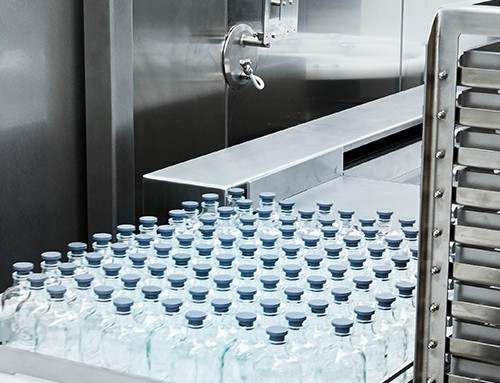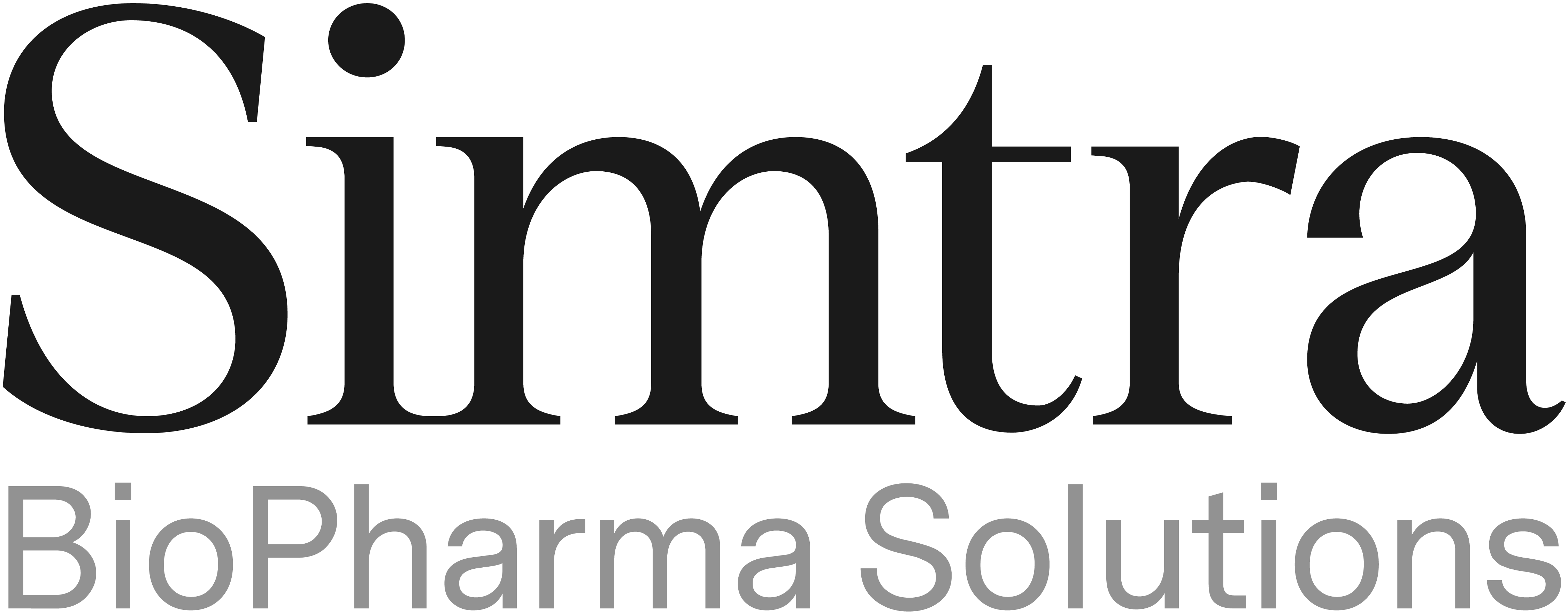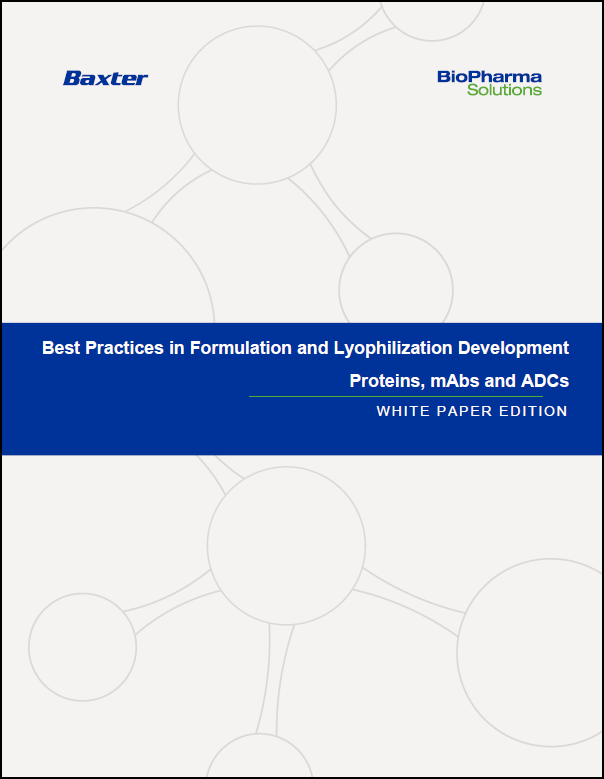
Pharmaceutical Technology spoke with Kevin Bond Ph.D., Research Associate III, who is a parenteral fill/finish and lyophilization specialist at Baxter BioPharma Solutions (BPS) – a business unit of Baxter Healthcare, Inc. – about the advantages and challenges of product lyophilization, developing lyophilization processes on site at their Bloomington, Indiana plant, and the importance of continuing research.
PM: Lyophilization is widely used in the pharmaceutical and biotech industry for small molecule drug products, vaccines, antibodies, and other biological material. What are the key advantages of this stabilization method?
Kevin Bond: Lyophilization can allow for temperature sensitive drug products to be stored for longer periods of time, and at higher temperatures, compared to a similar liquid presentation of the product since they are stored in a dry state. Lyophilization is also advantageous for oxygen and/or air-sensitive products as vials can be backfilled with nitrogen and stoppered under a partial vacuum.
Many products which are lyophilized can be stored at refrigerated conditions, or even at room temperature, once freeze-dried, but if those same products were not lyophilized then they would likely require temperatures of -20°C or lower to remain stable for the lengths of time expected for commercial products.
Why does lyophilization often provide the highest probability of technical success?
KB: Primarily stability. Solid state reactions occur much more slowly than liquid interactions. A great example is aspirin. Its half-life is only 50 hours if prepared as a solution. That would not allow sufficient time to manufacture, package and distribute before half of the content was degraded. That is the reason aspirin is only sold as a solid.
Biologics often have strict temperature requirements to ensure the product remains stable. Case in point: the recently developed mRNA-based therapeutics which require cold storage for stability. A product, which has a properly developed formulation, could achieve commercial success as a liquid, frozen, or lyophilized presentation depending on the long-term stability data during commercial development.
Why are bulking agents used in lyophilization?
KB: Some formulations contain low concentrations of the active ingredient. A bulking agent, typically a sugar such as mannitol or sucrose, provides bulk to the formulation to result in an acceptable appearance for the dried solid. Another benefit, particularly if the bulking agent crystallizes during the lyophilization cycle, is that the cycle can be shorter as the crystallized cake can withstand higher shelf temperatures, reducing the overall cycle time and creating a more efficient process, saving the client money in the long term.
Crystallization of mannitol or glycine can also result in breakage of vials during the process, so we study the dried solid to ensure that the molecules are completely crystalline. We test that by performing x-ray powder diffraction (XRPD) to determine if changes occur over the course of a stability study.
Baxter recently conducted experiments on the use of rubber stoppers with freeze-dried products. Why is continuing research so important?
KB: There are several reasons that stopper selection for the product, particularly a lyophilized product, is important and warrants continued research. One critical consideration is the stopper’s permeability to moisture. If you have a product that is moisture sensitive, then you do not want your stopper to transmit moisture during long-term storage.
Not all stopper formulations are the same. Some are more hydrophobic than others. Formulations that are hydrophobic will not hold onto moisture after washing and drying, but they allow some water vapor to transfer from the environment through the stopper to the product and that could decrease stability for moisture sensitive drug products. Depending on the rubber formulation and the sterilization conditions, different stoppers can retain different levels of residual moisture. Therefore, the transfer of the residual moisture from the stopper to the cake during long-term stability studies needs to be investigated.
Baxter has its own Lyophilization Center of Excellence (LCOE) which is co-located at Baxter’s Bloomington, Indiana USA facility. How does this facility enable companies to improve their development programs?
KB: The lyophilization process developed at the LCOE uses a design space approach that ensures the cycle developed in the laboratory will easily transfer to our full-scale production lyophilizers. The design space calculates the most efficient lyophilization cycle parameters while considering the freeze-dryer capabilities and critical product attributes of the specific formulation. Additionally, the design space provides data to support investigations into potential process excursions.
By developing a lyophilization process on site our scientists, myself included, can develop formulations, lyophilization cycles, and assist in the technical transfer of the cycle from laboratory scale to our commercial filling lines and commercial lyophilizers. Having full-service development – tech transfer capabilities is very rare in the CMO/CDMO space.
Increasingly, customers prefer a “one-stop shop” for product development and scale-up activities. Having our R&D group on site at BPS helps customers harmonize their external vendors to allow for a more streamlined development program while ensuring critical product development information doesn’t get lost during technical transfer activities.
For more information about how Baxter BioPharma Solutions manufacturing expertise can support your project, download the paper below.



